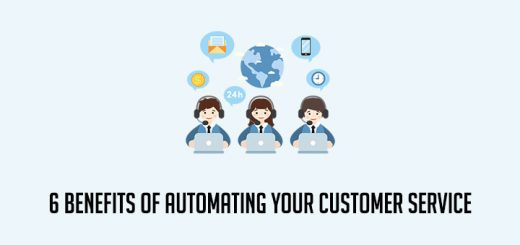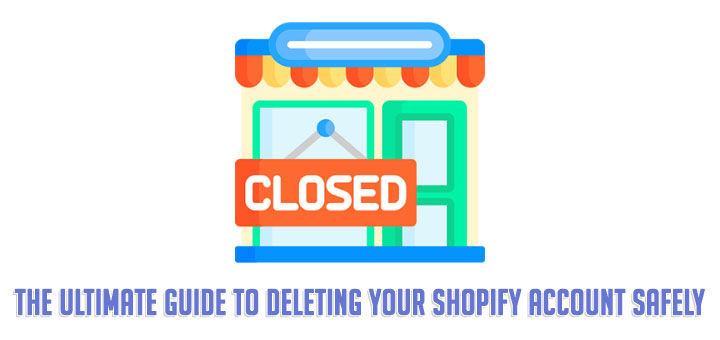8 Steps To Optimize Your Shopify Website
As an online business owner, how do you take care of your sales website? Although you have spent a lot of money to hire programmers to design your website, your website can function well and provide a good experience for visitors, you must regularly check that all work smoothly, your website really optimized? Whether you are just starting your business or you already have a website and you want to optimize your site this article is for you. Surely you will store some experience from this article.
Here are 8 steps to optimize your Shopify website:
1. Choose a lightweight Shopify theme
As we can see, the Shopify theme is a template that gives your online store a specific look and feel. There is a range of themes available on the Shopify theme store offering different layouts, styles, and customer experiences. The selection of an interface plays a massive role in the way your store attracts, engages, and converts. That’s why the Shopify theme you choose is critical to your business’ success. Besides choosing a beautiful interface, responsive to the user experience, it is also important that the theme be light so as not to affect the website speed. With lightweight themes, you can offer visitors the fast page speed they want. When the transfer speed is fast, it will have a good impact on the search rankings, conversions, and bounce rate.
2. Reduce large image sizes
Google encourages and also appreciates websites that include images and videos to make the article more vivid, the content is easier to understand. However, you should not abuse inserting too many images for an article or inserting images that are too large, this will slow down the page load speed of the website. You need to check the size, image size because images are one of the reasons why websites load slowly. Before uploading images to the website, you need to optimize factors such as copyright, image name, size, format to improve page loading speed, storage capacity. Thereby contributing to improving the efficiency of Top Google SEO and user experience on the website. Reduce large image sizes will make your website load faster. That can speed up loading time by a few seconds, which may not sound like much, but makes a big difference in how people experience your site.
3. Compress images
Image is a visually appealing element, it overcomes the language barrier to bring people many emotions. Images create highlights on the website and attract the attention of readers, making their vision with the website more attractive, bringing a sense of comfort and relaxation. It also makes it easier for users to capture and remember information. So instead of creating a lot of text, you can provide the user with an image, gif, video, or graph. But in order to upload photos to the website so that the image quality is beautiful, correct, and not oversized, making the web load speed slow, you need to optimize the image before uploading the image. This will make your page load faster. In some cases, such as screenshots, you want the image size to be reduced but still keep the same size for users to see more clearly, at this time using the image compression method is the most appropriate. Currently, there are many tools and software that support online image compression that anyone can easily use. You need to choose the right method to do that. A website with a fast loading speed will contribute to improving the efficiency of Top Google SEO and user experience on the website.
If you’re more technical, you may want to do this manually. If you consider yourself non-technical, there are Shopify apps that compress images for you
4. Replace GIFs with static images
GIF stands for Graphics Interchange Format, it is a form of animation without sound developed by CompuServe in 1987 for the purpose of exchanging or transmitting images over small traffic. Is a bitmap image file format for images under 256 different colors per frame. GIF is the product of conservative data compression, making the image smaller without losing image quality.
Although there are advantages such as: allow users to use less colorful photos, moving pictures, interesting small icons that can attract viewers on social networks, GIF images can be used while your Internet connection is unstable. But they’re so damn hard to optimize. The defect is with these images with more than 256 colors will not be suitable for compression into GIF files, which also means that if you use still images, the image quality will be better than when you use GIF images. More than that, GIF assets are extremely large. Using even just one GIF on a page can dramatically increase its size, replacing GIFs with static images is the solution for you, this can result in significant resource savings and improved Shopify speed optimization.
5. Lazy load images
Lazy loading is an optimal technique when making the web, instead of loading the entire web page and rendering it from the beginning, this technique allows to immediately load the necessary components to display to the user and delay the remaining resources until needed. Lazy loading is one of the most effective website performance optimization techniques being used commonly today. Surely you will never have to pay bandwidth costs for what you do not download, do not view, and do not see. If traffic is one of your biggest concerns, lazy loading will be an ideal choice.
The lazy loading technique is mainly used for the purpose of improving the user experience, helping to minimize the time to wait for content to load on the client-side (also a solution to improve the user experience). use) to increase the probability of “keeping” users to stay and read the website longer. When using lazy loading images, your website will be optimized such as: solving performance problems, saving resources, increasing user experience, increasing scores on web speed measurement pages.
You can refer to the article here to know how to add lazy loading for images in Shopify.
6. Limit Third-Party JavaScript & Shopify Apps
The Theme Store offers a wide variety of themes that you can add to your online store. It includes free themes that are developed by Shopify and paid themes that are developed by third-party designers. However, you should remember that these additions come at a performance cost. When you add apps or scripts to your website, this adds to the total number of requests your site is making. And there is one important issue that you need to be aware of which is the size of these scripts. If you integrate too many third-party JavaScript and Shopify apps, this can decrease the performance of your Shopify store.
7. Migrate Tracking Codes To Google Tag Manager
Google Tag Manager is a free tool that allows you to manage and deploy marketing tags (snippets of code or tracking pixels) on your website (or mobile app) without having to modify the code. It becomes very handy when you have lots of tags to manage because all of the code is stored in one place. Google Tag Manager gives you the ability to add and update your own tags for conversion tracking, site analytics, remarketing, and more. There are nearly endless ways to track activity across your sites and apps, and the intuitive design lets you change tags whenever you want. As well, one of the great things about Google Tag Manager is that all of the code loads asynchronously. This means that the code loaded through Google Tag Manager will not block the rendering of your site’s content. You could consider going through a “tag migration” to move some of your tracking code to Google Tag Manager.
8. Run Your Store Through Google PageSpeed Insights
Google PageSpeed Insights is Google’s site speed testing tool. It analyzes your site and provides both metrics about how your site is performing as well as recommendations as to how you can improve your site’s speed. To run a test, simply navigate to the tool and enter the page you would like to see performance data for.
The tool will generate a number of performance metrics, including a personalized Optimization Score and a list of prioritized suggestions to help improve a webpage’s running speed, for mobile and desktop – making it a very handy additional resource for studying and optimizing your digital presence. Through this tool, everybody can see that is a lot of room for improvement to optimize your website.








